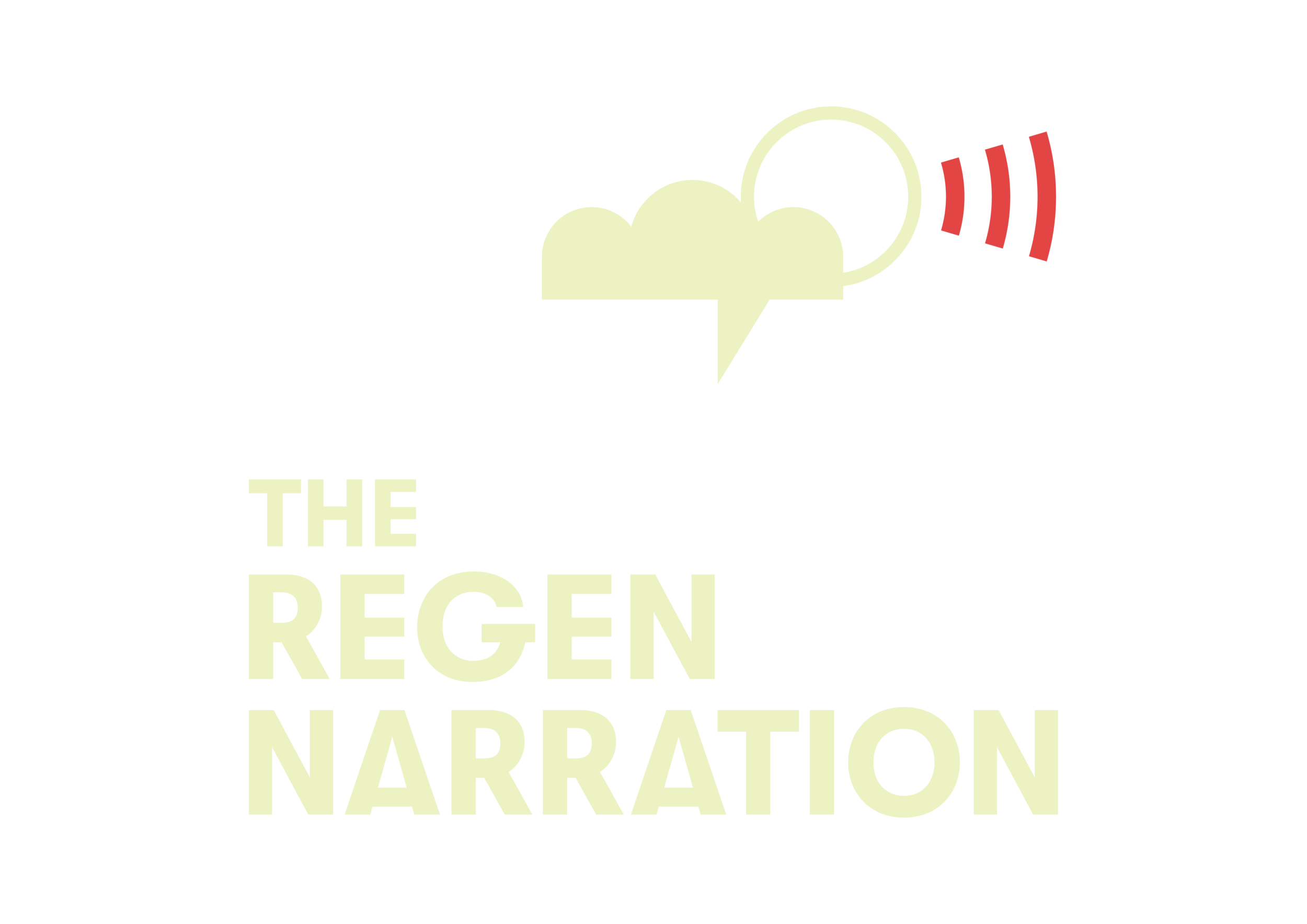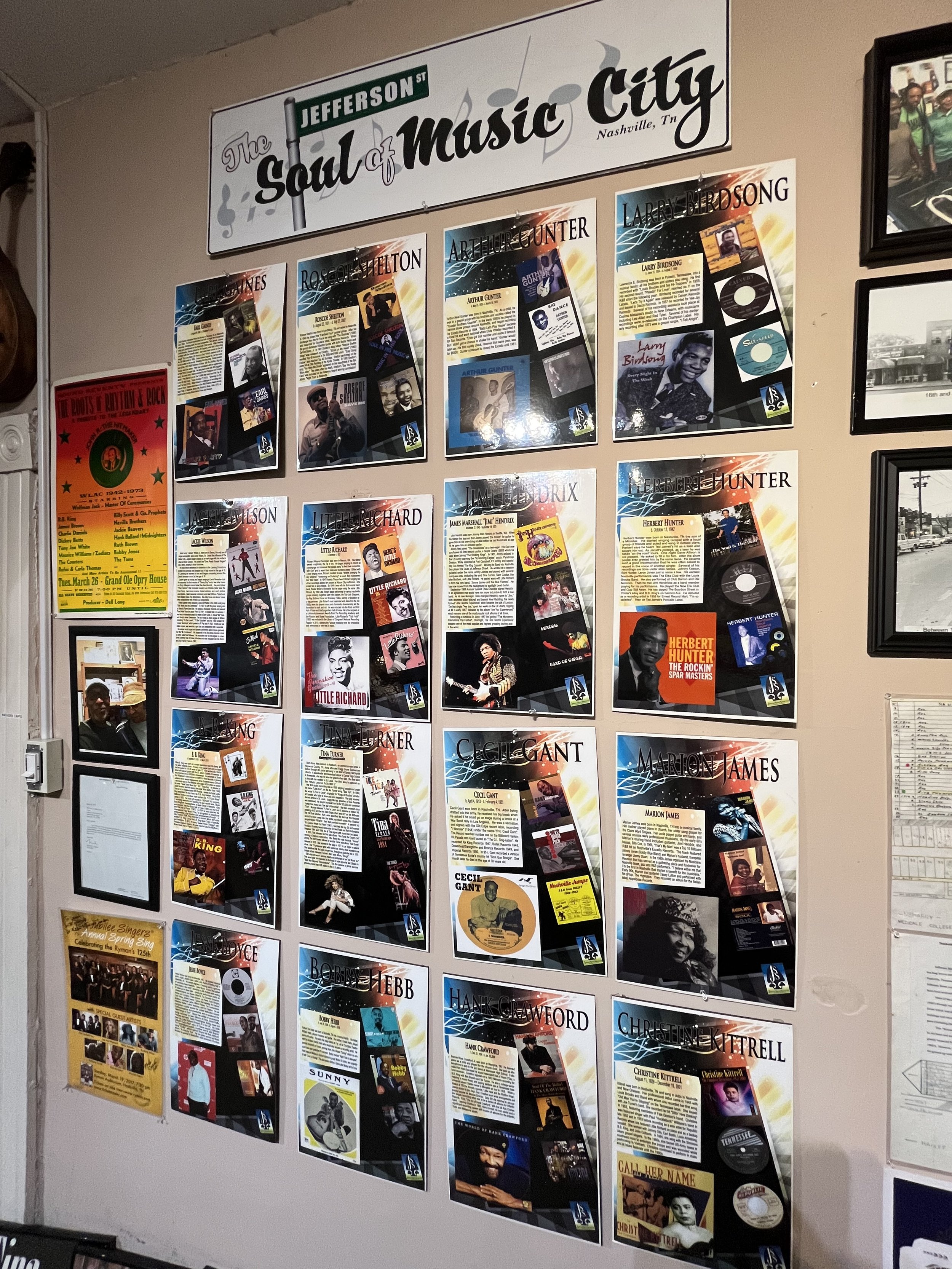259. The Jefferson Street Sound
Preserving Nashville's Soul with Lorenzo Washington
Hover over the embedded player above to enable various functions including:
Click on ‘more info’ for show notes and links
Click ‘share' to share the episode, follow the podcast on your favoured app, and support the show
Click on the dot point lines for chapter markers
And head here for a transcript of this and other conversations (please note the transcript is AI generated and imperfect, but hopefully serves to provide greater access to these conversations for those who need or like to read).
Click on the photos below to zoom in, and hover over them to see captions where added (all photos by Anthony James, unless otherwise noted).
To see more from behind the scenes, become a supporting listener via the link below.
Blog post on this episode (AI generated, AJ touch ups)
"I decided that I was not going to allow the legacy of these great artists and musicians, especially the ones that didn't make it to stardom – I was not going to let them down," declares Lorenzo Washington, the 82-year-old founder and curator of the Jefferson Street Sound Museum in North Nashville.
What began as a single wall of memorabilia in Lorenzo's home has literally consumed the entire house, save for one back room where he still lives. This remarkable museum stands as both memorial and ongoing celebration of the rich African-American musical heritage that once thrived along Jefferson Street from the 1940s through the 1970s before the construction of Interstate 40 cut the neighborhood in half, displacing more than a thousand Black residents and destroying a vibrant business and cultural district.
The museum preserves the legacies of musical giants who performed in the area's once-thriving club scene – Jimi Hendrix (who learned to play blues here), Etta James, Little Richard, James Brown, and countless local musicians whose contributions risked being forgotten. Lorenzo shares how Ray Charles once visited the building when it was a boarding house for music students, coming to pick up his saxophone player Hank Crawford for gigs. These personal connections make the museum's location deeply meaningful – a physical space where the music once lived - and now lives again.
Lorenzo's journey to museum curator wasn't planned. It evolved organically as aging local musicians, including Nashville's "Queen of the Blues" Marion James, used his home as a rehearsal space in their later years. They would share stories about Jefferson Street's golden era, revealing a cultural history too significant to lose. Thirteen years later, what Lorenzo thought might last a year has become internationally recognized, with visitors from around the world and accolades culminating in "Lorenzo Washington Day" in Nashville each April 3rd.
Beyond preservation, the museum actively continues Jefferson Street's cultural legacy through community events, recording sessions, and support of younger leaders like Carlos Partee, founder of the Nashville Black Market. As Lorenzo says, surveying the photographs, instruments, and memories filling his former living spaces: "Now it's being known around the world, not just here in Nashville."
Ready to experience this remarkable piece of American musical and cultural history? Visit the Jefferson Street Sound Museum and witness how Lorenzo's dedication is ensuring that the soul of Nashville's music scene continues to resonate for generations to come.





















